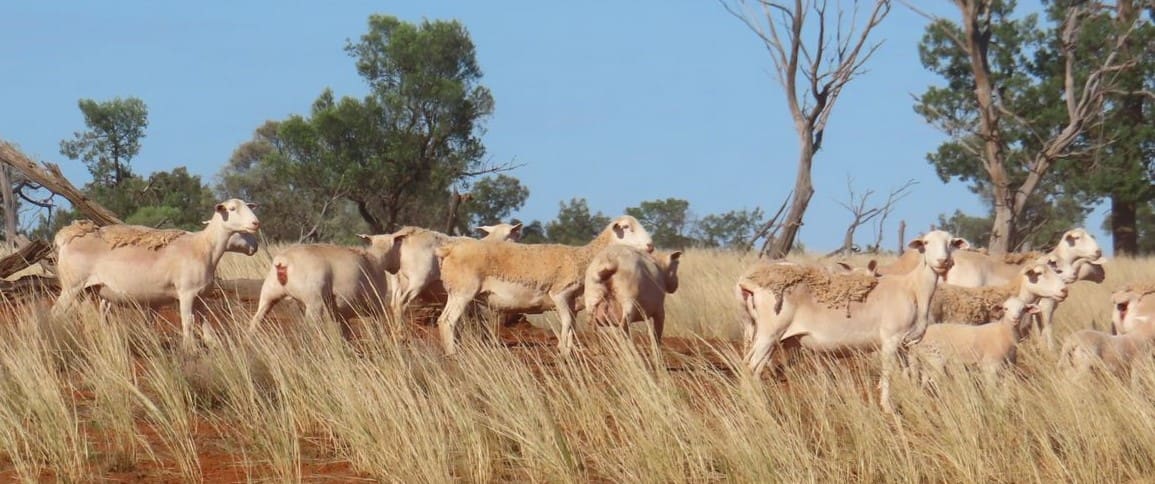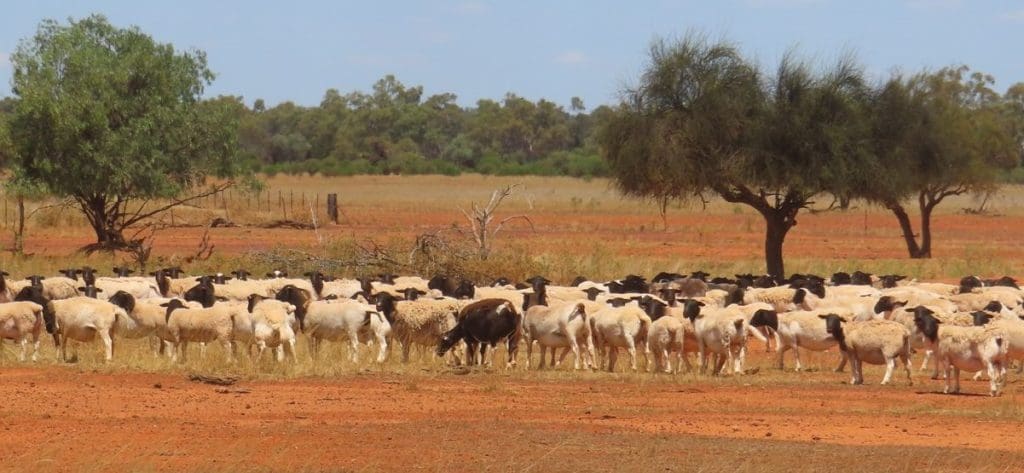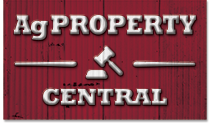THIS week’s property review includes this wrap-up of interesting recent listings across New South Wales, and a separate article covering listings in other states.
- Two New England grazing properties list for $30m+
- Riverina’s Yambla Station seeks $24m+
- NSW breeding country offers carbon potential
- Interstate inquiry for three western NSW stations

Alora-Mia is a beef, lamb and wool production platform with a carrying capacity of 17,281 Dry Sheep Equivalents.
Two New England grazing properties list for $30m+
A family that holds other country in the New England region is hoping to raise more than $30 million from the sale of two grazing properties.
The 1686ha Alora-Mia (pictured above) and the 1319ha Naloo are located north-east of Armidale and 3km apart in the high rainfall region of northern New South Wales.
Purchased by Rockvale Estates in 2013 from the Coventry family, the holdings are anticipated to attract good inquiry from larger family operators.
Alora-Mia is a beef, lamb and wool production platform with a carrying capacity of 17,281 Dry Sheep Equivalents.
Rising from creek flats to undulating arable open grazing land and hills, the property is lightly timbered with apple box, peppermint gum and stringy bark.
Around 74 percent of the New England trap and granite soils are arable and growing a mix of temperate and native perennial grasses.
Alora-Mia is watered by the Wollomombi River, the Boundary and Lambs Valley Creeks and 19 dams.
Improvements include an eight-stand shearing shed, steel sheep yards and timber and steel cattle yards. There are 17km of new or upgraded internal fences and 11km of new exclusion fencing.
The nearby Naloo breeds and finishes both sheep and cattle.
Offering a 14,020DSE carrying capacity, the country on Naloo also rises from creek flats to undulating and open land lightly timbered with yellow box, gum and stringy bark. The property sits at the headwaters of the Chandler River and is watered by two bores and 17 dams.
Infrastructure includes steel cattle yards, sheep yards and a three-stand shearing shed. There are 9km of new or upgraded internal fences and more than 6km of new exclusion fencing.
Alora-Mia and Naloo are being offered for separate sale via expressions of interest closing on April 3. Both are being handled by LAWD agents Daniel McCulloch, Michael Corcoran and Col Medway.
Riverina’s Yambla Station seeks $24m+
Offers above $24 million are being sought for half of the Satchell family’s grazing and farming country in the highly regarded and reliable Eastern Riverina region of New South Wales.
The 1336ha Yambla Station is situated 27km from Holbrook and 54km from Albury.
In October 2023, the family listed 2654ha with hopes of raising more than $55 million. When it failed to sell, the property was divided into two, with the Satchells retaining 1318ha.
Inglis Rural Property CEO Sam Triggs described the asset as a versatile and dynamic holding.
“Yambla Station represents scale in a reliable climate. It is an excellent defensive asset due to its high rainfall and proximity to Albury and Melbourne,” he said.
Today, the platform is focused on cereal cropping (wheat and triticale), prime lambs and wool production, as well as cattle trading – with an estimated carrying capacity of 16,000DSE.
A large portion of country is sown to perennial pastures including phalaris, clovers, fescue, ryegrass, chicory and cocksfoot.
During their 40 years of ownership, the Satchells have focused on increased productivity via water development, fencing and pasture improvement, along with significant fertiliser application.
Water is supplied by a bore, 34 dams and the permanent spring fed Daly Creek.
Infrastructure includes an architecturally-designed five-bedroom home, a five-stand shearing shed, sheep and cattle yards, abundant grain and fodder storage and numerous sheds.
NSW breeding country offers carbon potential
A breeding property with biodiversity and carbon income potential on the South West Slopes of New South Wales has been listed for $7.35 million.
The 1786ha Trebane is located near Crowther, 47km from Young and 52km from Cowra.
Capable of running 6100 Dry Sheep Equivalents, the property is currently running a self-replacing Merino flock and first-cross lamb enterprise on perennial native grass and clover pastures.
The picturesque undulating landscape comprises 755ha of open grazing country and 384ha that are arable.
LAWD selling agents Col Medway and Tim Corcoran said properties of this scale were not common for the district.
“Trebane offers grazing production upside from fertiliser application, fodder cropping and pasture sowing,” the pair said.
It is securely watered by 31 dams and the Washpan Creek.
Infrastructure includes a four-bedroom home, a three-stand shearing shed, sheep yards and numerous sheds. Extensive fencing upgrades and paddock subdivision have been recently completed.

Capable of running 6100 Dry Sheep Equivalents, Trebane is currently running a self-replacing Merino flock and first-cross lamb enterprise on perennial native grass
Interstate inquiry for three western NSW stations
Western New South Wales rangeland grazing country suited to a goat or shedding sheep enterprise is being offered to the market by Bryan Milne.
The 71,866ha Tasman and Corinya Stations, 68km north of Ivanhoe and 280km north of Hay, are being sold after 20 years of ownership for $13 million on a walk-in walk-out basis.
Mr Milne estimates the property will run about 12,000 nannies.
Currently, the properties are running up to 9000 Kalahari, Red Boer and rangeland composite nannies plus kids and 900 composite rangeland billies, and turning off about 5000 goats a year.
The country ranges from semi open pine grazing country adjacent to the Sandy Creek basin, to the Corinya natural lake system with run off from the ranges.
Semi-arid bushland, mallee dune fields and fertile rosewood and belah/wilga country are quick responding and grow native grasses and herbages.
The aggregation is watered by 20 dams, four bores and a natural lake filled by seasonal run off from the ranges.
Improvements include a four-bedroom home on Corinya, a three bedroom home on Tasman, a four-stand shearing shed, a shed and four steel yards.
The sale is being handled by David Russell from Nutrien Russell Property & Livestock.
Randy Graham, long-term manager for more than 20 years, has indicated a willingness to continue managing Tasman and Corinya Stations or oversee a smooth takeover to new owners.

Self-shedding sheep on 71,866ha Tasman and Corinya Stations, north of Ivanhoe
Meantime, Mr Russell reports reasonable inquiry, mostly from interstate producers, for what he describes as one of the best western New South Wales properties to hit the market offering value for money.
The 17,098ha Broadmeadows, located 83km west of Cobar, is low-cost heavy grazing country offered with a $4.5 million ($263/ha) price tag.
Owned by Bill and Julie Rodgers for 20 years, the couple is selling to downsize and move closer to family.
The undulating country consists of red loams, semi-open rosewood, pine, belah, yarran, low lying gilgai areas and box swamps and is growing a large variety of drought fodder and native herbages and grasses, including mulga, wild orange currant bush and wilga.
Broadmeadows has an estimated carrying capacity of 4200 dry sheep equivalents and is currently running 3100 Dorpers, 400 Boer/Kalahari nannies and around 1500 rangeland nannies.
Watered by 14 dams and an equipped bore, Broadmeadows has a 140ha natural lake featuring fertile grey and chocolate soils which seasonally fills from local runoff.
The lake is currently around three quarters full (1.6m) and at times, allows for boating and skiing. Once filled, it should last for up to two years.
Infrastructure includes a four-bedroom home, a one-bedroom cottage, a six-bedroom workers’ quarters, numerous sheds, a four-stand shearing shed, sheep yards, cattle/goat yards and 200-tonnes of grain storage in four silos.
Broadmeadows is being offered to the market bare of livestock.

Broadmeadows has an estimated carrying capacity of 4200 dry sheep equivalents and is currently running 3100 Dorpers, 400 Boer/Kalahari nannies and around 1500 rangeland nannies.

HAVE YOUR SAY